
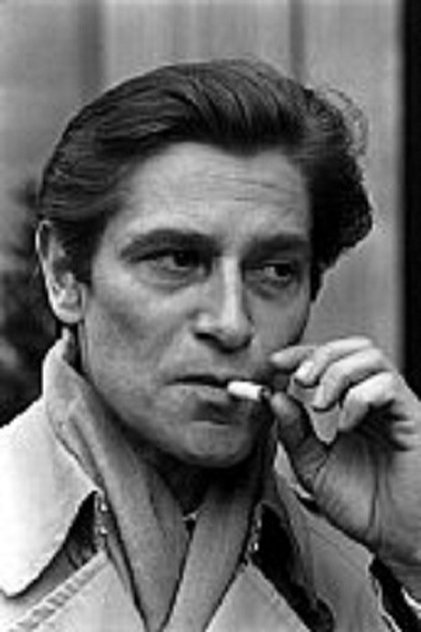
Jean Babilée
Born: February 3, 1923
Died: January 30, 2014
in Paris, France
Died: January 30, 2014
in Paris, France
Jean Babilée (real name Jean Gutman(n); 3 February 1923 – 30 January 2014) was a prominent French dancer and choreographer of the latter half of the 20th century. He is considered to have been one of modern ballet's greatest performers, and the first French dancer to gain international acclaim. Babilée has been called the "enfant terrible of dance."
Born in Paris in 1923, the son of a doctor, Babilée studied at the Paris Opéra Ballet School from 1936 to 1940. His dance career was interrupted during World War II because he was Jewish on his father's side. He left Paris in 1940 when the Wehrmacht was approaching the city, but returned to dance with the Paris Opera Ballet in early 1942. He narrowly escaped being sent to Auschwitz during the Vel' d'Hiv Roundup in Paris on 16 July 1942. In early 1943 he left the city to avoid compulsory deportation to Germany as a forced laborer. He spent the rest of the war with the French Resistance, fighting with the Maquis in Touraine.
After the war, Babilée returned to dance, joining the Soirées de la Danse, which later became Les Ballet des Champs Elysées. His birth name was Jean Gutmann, but he adopted his mother's maiden name for professional use. Babilée enjoyed some of his greatest successes as a member of Les Ballets des Champs-Elysées and Les Ballets de Paris. From 1945 to 1950 he was principal dancer of the Ballets des Champs-Élysées, for which he created roles in ballets including Jeu de cartes, Jean Cocteau's Le Jeune Homme et la Mort, L'Amour et son amour, and Till Eulenspiegel. In several of these ballets he performed opposite his wife, featured ballerina Nathalie Philippart. In the 1940s Babilée quickly developed a reputation for his physical prowess. It was said that he could leap better than any dancer since Nijinsky, and in the 1946 premiere of Le Jeune Homme et la Mort he hung by his neck on a gallows for one minute, supported only by wrapping one arm around a pillar.
In the 1950s he danced as a guest of Le Ballet de l'Opéra de Paris and the American Ballet Theatre, before forming his own company, Les Ballets Jean Babilée. In 1972 and 1973 he served as director of the Ballet du Rhin in Strasbourg. In the early 1980s, Maurice Béjart created the solo Life for him. In 1984, at the age of 61, he performed Le Jeune Homme et la Mort with the Ballet de Marseille.
He also appeared as a stage actor and in several films.
The 2000 documentary film Le Mystère Babilée, directed by Patrick Bensard, reconstructs Babilée's career through interviews with the dancer, excerpts from his choreographic work, and recollections by observers and collaborators including Béjart, Christian Lacroix, Jean-Paul Goude and Yvette Chauviré.
Source: Article "Jean Babilée" from Wikipedia in English, licensed under CC-BY-SA 3.0.
Born in Paris in 1923, the son of a doctor, Babilée studied at the Paris Opéra Ballet School from 1936 to 1940. His dance career was interrupted during World War II because he was Jewish on his father's side. He left Paris in 1940 when the Wehrmacht was approaching the city, but returned to dance with the Paris Opera Ballet in early 1942. He narrowly escaped being sent to Auschwitz during the Vel' d'Hiv Roundup in Paris on 16 July 1942. In early 1943 he left the city to avoid compulsory deportation to Germany as a forced laborer. He spent the rest of the war with the French Resistance, fighting with the Maquis in Touraine.
After the war, Babilée returned to dance, joining the Soirées de la Danse, which later became Les Ballet des Champs Elysées. His birth name was Jean Gutmann, but he adopted his mother's maiden name for professional use. Babilée enjoyed some of his greatest successes as a member of Les Ballets des Champs-Elysées and Les Ballets de Paris. From 1945 to 1950 he was principal dancer of the Ballets des Champs-Élysées, for which he created roles in ballets including Jeu de cartes, Jean Cocteau's Le Jeune Homme et la Mort, L'Amour et son amour, and Till Eulenspiegel. In several of these ballets he performed opposite his wife, featured ballerina Nathalie Philippart. In the 1940s Babilée quickly developed a reputation for his physical prowess. It was said that he could leap better than any dancer since Nijinsky, and in the 1946 premiere of Le Jeune Homme et la Mort he hung by his neck on a gallows for one minute, supported only by wrapping one arm around a pillar.
In the 1950s he danced as a guest of Le Ballet de l'Opéra de Paris and the American Ballet Theatre, before forming his own company, Les Ballets Jean Babilée. In 1972 and 1973 he served as director of the Ballet du Rhin in Strasbourg. In the early 1980s, Maurice Béjart created the solo Life for him. In 1984, at the age of 61, he performed Le Jeune Homme et la Mort with the Ballet de Marseille.
He also appeared as a stage actor and in several films.
The 2000 documentary film Le Mystère Babilée, directed by Patrick Bensard, reconstructs Babilée's career through interviews with the dancer, excerpts from his choreographic work, and recollections by observers and collaborators including Béjart, Christian Lacroix, Jean-Paul Goude and Yvette Chauviré.
Source: Article "Jean Babilée" from Wikipedia in English, licensed under CC-BY-SA 3.0.
Movies for Jean Babilée...
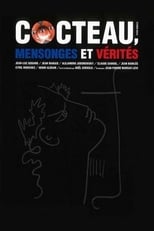
Title: Jean Cocteau: Lies and Truths
Character: Self
Released: February 22, 1997
Type: Movie
This documentary consists mainly of archive interviews of Jean Cocteau, and it features interesting contributions by Jean Marais and especially Jean-Luc Godard, who discusses Cocteau's foray into cinema. The film documents all the artistic media explored by a man who defined himself, first and foremost, as a poet.


Title: Jacques Rivette, the Watchman
Character: Self - Actor
Released: February 24, 1990
Type: Movie
This film of interviews with the film director Jacques Rivette was produced in collaboration with Serge Daney, film critic from “Cahiers du cinéma”, then of “Liberation”. In the course of their conversations, the two speakers discuss Rivette’s career, his relationships with the other film makers of the new wave, his use of “mise en scene” and his working with actors.

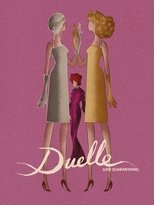
Title: Duelle
Character: Pierrot
Released: September 15, 1976
Type: Movie
The Daughter of the Moon battles the Daughter of the Sun over a magical diamond that will allow the winner to remain on Earth, specifically in modern day Paris.


Title: The Shadow Line
Character: Capitaine Marlow
Released: August 29, 1973
Type: Movie
Story of a young, inexperienced ship captain named Marlow, who struggles in solitude during the voyage with disease, insubordinate crew and vagaries of weather.



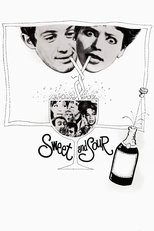
Title: Sweet and Sour
Character: Oscar
Released: September 4, 1963
Type: Movie
Gerard, a young man from a "good family" dreams of becoming an actor. To do this, he follows everywhere his sister Frédérique who is infatuated with cinéma vérité.

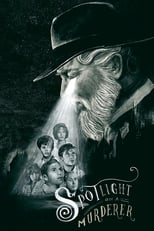
Title: Spotlight on a Murderer
Character: Christian de Keraudren
Released: March 31, 1961
Type: Movie
An old count hides just before he dies to annoy his heirs. The heirs search a manor for the count's body and are killed off one by one. Jean-Marie, his fiancée Micheline, and Edwige investigate the deaths and search for the count's body.

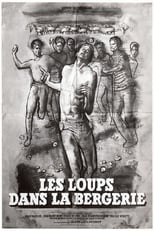
Title: The Wolves in the Sheepfold
Character: Pierre Jasmin
Released: February 5, 1960
Type: Movie
Three gangsters on the run break into a rehabilitation center for delinquent teenagers run by the couple Roger and Irène. The residents are divided over how to deal with the three bad guys, who want to take over the home.

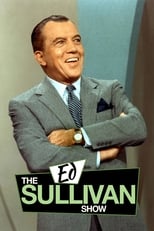
Title: The Ed Sullivan Show
Character: Self
Released: June 20, 1948
Type: TV
The Ed Sullivan Show is an American TV variety show that originally ran on CBS from Sunday June 20, 1948 to Sunday June 6, 1971, and was hosted by New York entertainment columnist Ed Sullivan. It was replaced in September 1971 by the CBS Sunday Night Movie, which ran only one season and was eventually replaced by other shows.
In 2002, The Ed Sullivan Show was ranked #15 on TV Guide's 50 Greatest TV Shows of All Time.
